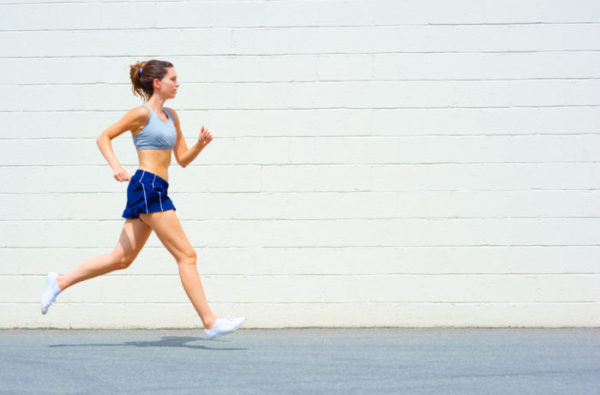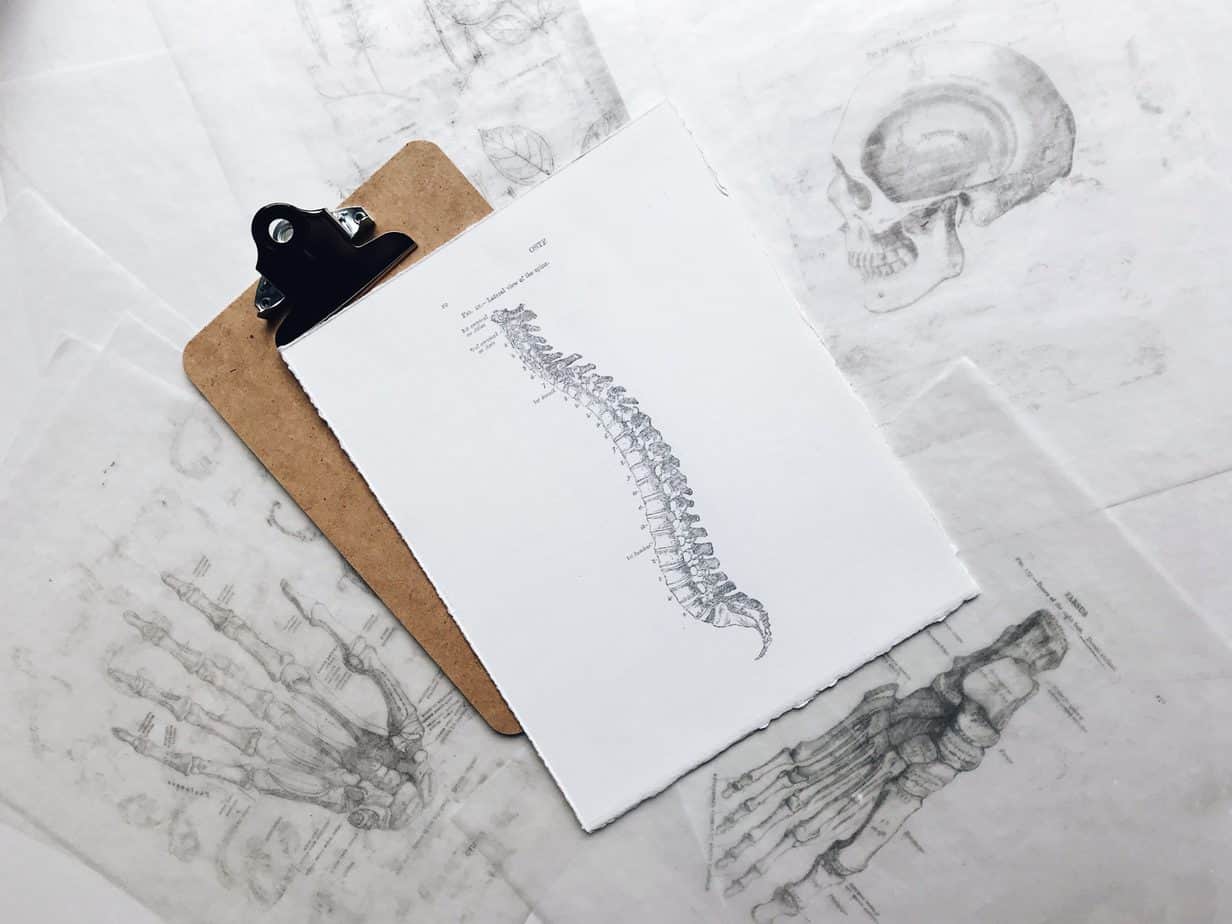A Deep Dive Into Urinary Incontinence

Millions of people in the United States suffer from urinary incontinence and it is more common in women than men. It is a billion dollar industry with a multitude of products.
Types of Urinary Incontinence
- Stress urinary incontinence
- Occurs in about 24% to 45% in women over 30 years.
- Urinary leakage happens when weak and overstretched pelvic floor muscles are unable to prevent urine from escaping during physical activity, coughing, sneezing, and laughing
- Urge urinary incontinence (overactive bladder syndrome)
- Occurs in 33 million people- 9% in women 40 to 44 years; 31% in women over 75 years; 42% in men over 75 years.
- The brain is often sending false signals that the individual has to urinate even when the bladder isn’t full. The pelvic floor muscles may be overactive and unable to relax enough to empty the bladder.
- Mixed urinary incontinence
- 20% to 30% of those with chronic incontinence
- The individual has leakage with activity and has a sudden urge to urinate.
- Overflow urinary incontinence
- 5% of those with chronic incontinence
- More common with men who have prostate issues or prostatectomies
- Commonly associated with urinary dribbling or frequent urination of small amounts. The body produces more urine than the bladder can hold or the bladder is full but is unable to empty, possibly due to a blockage or muscle dysfunction
- Functional urinary incontinence
- Prevalence is uncertain
- An individual is unable to get to the bathroom in time before urination occurs possibly due to vision issues, cognitive impairments, neurological issues or musculoskeletal problems, psychological issues, or environmental barriers
Causes And Risk Factors:
- Pregnancy/ multiple births
- Prostate surgery/enlarged prostate
- Aging
- Menopause
- Obstruction due to tumor or bladder stones
- Neurological disorders, such as stroke, multiple sclerosis, Parkinson’s disease, spinal cord injury
- Poor diet (bladder irritants)-spicy, sugary, or acidic foods, alcohol, caffeine, carbonated beverages, artificial sweeteners, chocolate
- Certain heart and blood pressure medications, muscle relaxants
Tips for Home
- Avoid bladder irritants
- Timed voiding- urinate every 2 hours
- Take time to make sure bladder is empty
- Use proper toileting posture with feet flat on the floor or supported on a stool, such as a Squatty Potty®
How Can PT Help?
A pelvic physical therapist will evaluate and treat the pelvic floor muscles to improve muscle tone and strength. Treatment sessions will also include behavioral strategies, relaxation techniques, and neuromuscular re-education to improve bladder function.
References:
- https://www.ncbi.nlm.nih.gov/books/NBK559095/
- https://www.urologyhealth.org/urology-a-z/u/urinary-incontinence#:~:text=Overactive%20Bladder%20(OAB)&text=It%20is%20also%20called%20%22urgency,They%20may%20restrict%20activities.
- https://www.mayoclinic.org/diseases-conditions/urinary-incontinence/symptoms-causes/syc-20352808







